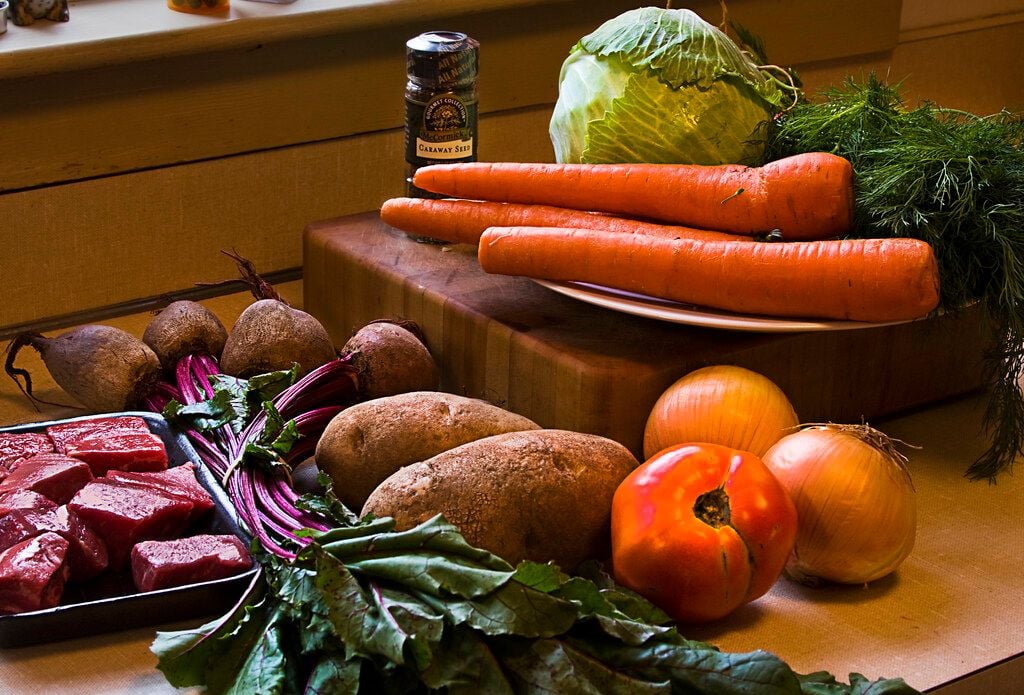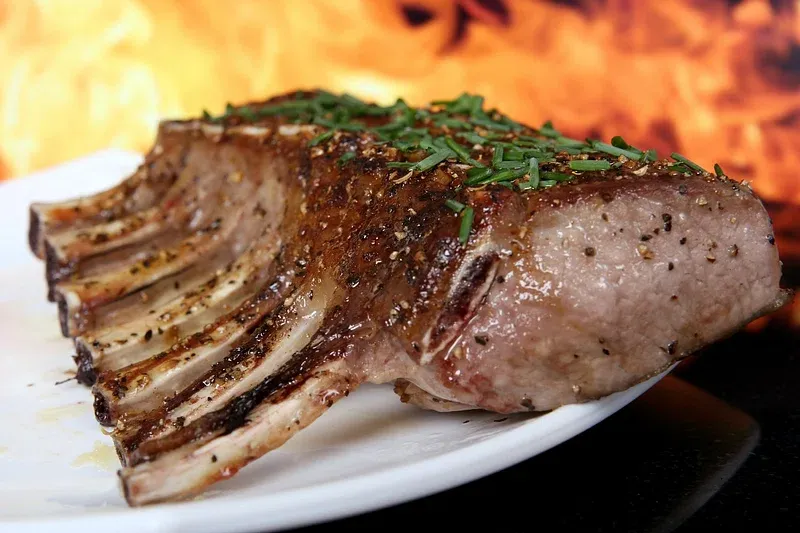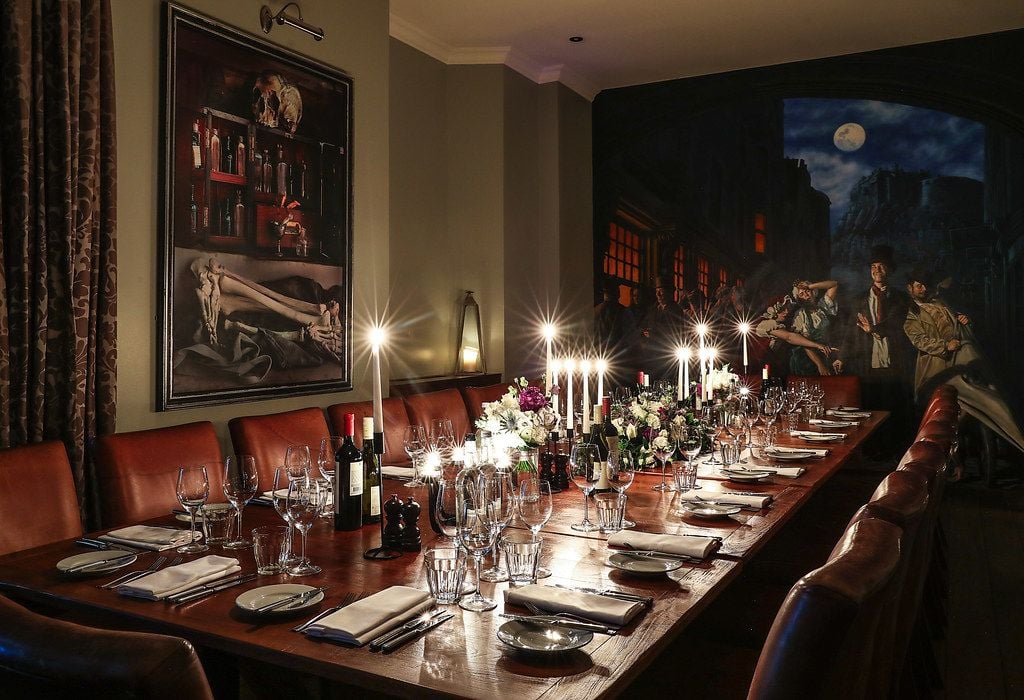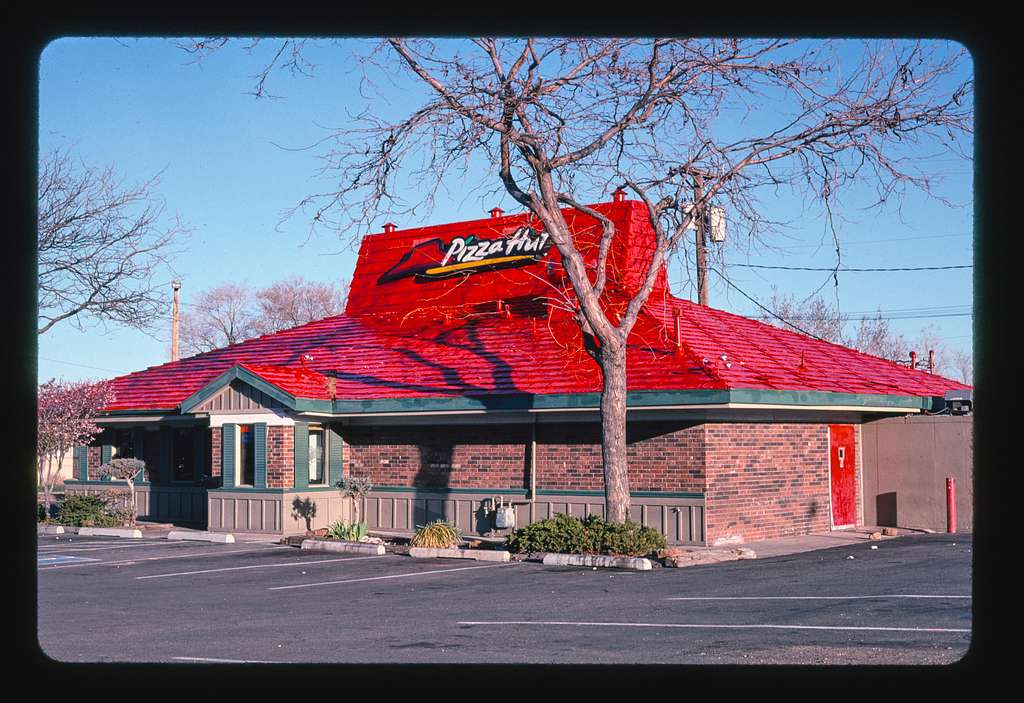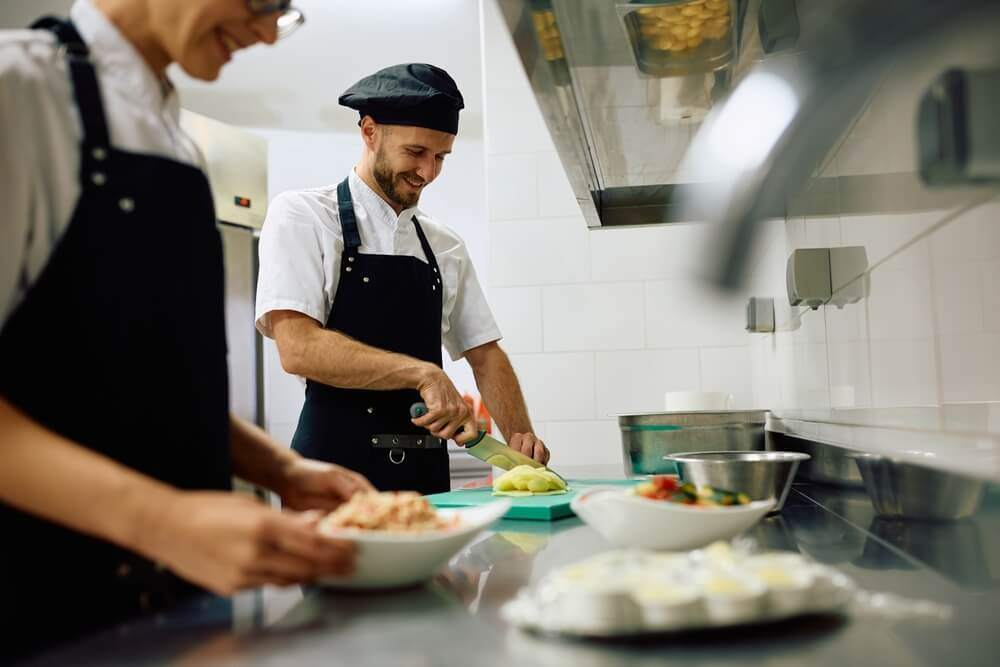
The Rich Legacy of Burgundy Wines
- Jun 17, 2024
Arguably the cradle of Chardonnay and Pinot Noir varieties, Burgundy produces some of the world's most highly-regarded and priciest wines. In the eyes of wine enthusiasts and experts alike, Burgundy's wines serve as the measure of standard for style and production of these varieties.
"Burgundy provides some of the planet's finest, longest-lived, and most complex wines," commends June Rodil, master sommelier for Goodnight Hospitality. Rodil, who will be participating in a panel discussion on the elusive finds from Burgundy at the upcoming Food & Wine Classic in Aspen, adds, "These wines were once the treasure of dukes and nobility."
Resting in the east-central area of France, the primary grapes nurtured in this wine region are Chardonnay and Pinot Noir. Burgundy's vintners trust that their distinctive terroir brings out the best from these indigenous varieties.
Frédéric Barnier, chief winemaker at Maison Louis Jadot, explains how these varietals masterfully express their terroir's diversity, adding a unique equilibrium to their wines. He declares, “This balance and delicacy is part of what makes Burgundy wines so unique.”
While Chardonnay and Pinot Noir take the spotlight, Burgundy produces a minuscule quantity of Aligoté, Pinot Gris, and Gamay grape varieties as well. "Burgundy's grapes are both delicate and potent," asserts Rodil, "Fragile, yet resilient.”
The Burgundy wine region is divided into five primary growing areas, including Côtes de Nuits, Côtes de Beaune, Chablis, and Mâconnais. Furthermore, there are over 80 sub-appellations within these areas.
Eric Foret, general manager and wine buyer at Le French Wine Shop in New York City, asserts that Burgundy’s elite and costly reputation is justified, as the region always focuses on quality over quantity.
Rodil likens this to the real estate market, emphasizing the importance of the soil and vineyards and their upkeep. Likewise, Pamela Walton, wine director at Manhatta restaurant, agrees, stating that Burgundy was the first region that acknowledged the concept of terroir, where even slight changes in land conditions can significantly alter the taste of the wines.
Despite its fame, Burgundy is among the smallest wine regions globally, resulting in much less wine produced compared to other prominent French wine regions.
However, it’s not all about the terroir and yields, says Amy Racine, beverage director for New York-based JF Restaurants. She credits wine competitions and cultural influences like popular movies, helping put Burgundy wines on an exclusive pedestal, essentially turning them into collector's pieces.
Unfortunately, climate issues and increased global demand have noticeably driven up the prices of Burgundy wines in recent years. As Foret notes, Burgundy suffered a severe reduction in production due to repetitive climate crises, which has skyrocketed the prices.
However, Racine encourages consumers to familiarize themselves with the appellation system and explore similar, less-known regions. She suggests alternatives such as Saint-Bris as a cheaper alternative to Chablis, and Aligoté, a lesser-known but excellent grape producing Burgundian whites.
Rodil concurs, urging enthusiasts to expand from the premium appellations to find their value bottles. Despite the skyrocketing prices, retailers who want to stock Burgundy still view it as a worthy endeavor, with some even willing to source across different vendors just for these fine wines. Walton also endorses the Côte Chalonnaise, praising its complexity, elegance, uniqueness, and affordability.
For consumers still feeling overwhelmed, Barnier assures them of the importance and accessibility of the village and regional-level wines, perfect for an introduction to the Burgundy experience.


